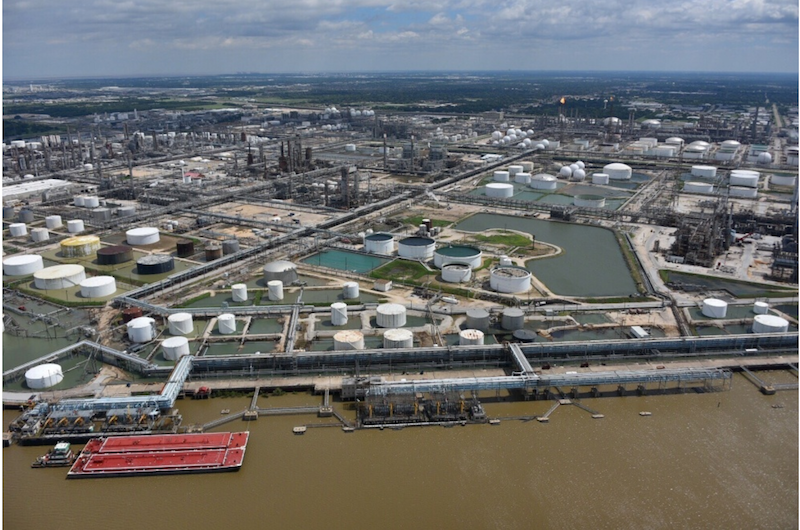Hurricane Harvey unleashed its fury on the Texas coast in August, causing substantial damage to offshore and onshore oil and gas infrastructure.
Efforts by industry to better prepare for hurricanes led to the 2008 publication by the American Petroleum Institute (API) of an update to RP (Recommended Practice) 2SK, “Design and Analysis of Station-Keeping Systems for Floating Structures,” that provides guidance for design and operation of mobile offshore drilling unit mooring systems in the Gulf of Mexico during hurricane season. API RP 95J, “Gulf of Mexico Jackup Operations for Hurricane Season,” which recommends locating jackup rigs on more stable areas of the sea floor, and positioning platform decks higher above the sea surface (100'), was also updated.
In addition to these documents, API suggested steps for industry to take to prepare for hurricanes and return to operation after a storm. These include:
• Days in advance of a tropical storm or hurricane, companies will evacuate all non-essential personnel and begin shutting down production.
• As the storm gets closer, all personnel will be evacuated from drilling rigs and platforms, and production shut down. Drillships may relocate to a safe location.
• After a storm has passed, operators will initiate flyovers of onshore and offshore facilities to evaluate damage. For onshore facilities, these flyovers can identify flooding, facility damage, road or other infrastructure problems, and spills. Offshore flyovers look for damaged drilling rigs, platform damage, spills, and possible pipeline damage.
• Many offshore drilling rigs are equipped with GPS locator systems. If a rig is pulled offsite by the storm, locator systems allow crews to find and recover the rig as quickly and as safely as possible.
• Once safety concerns are addressed, operators will send assessment crews to offshore facilities to physically assess the facilities for damage.
• If facilities are undamaged and ancillary facilities like pipelines are undamaged and ready to accept shipments, operators will begin restarting production and drilling.
Complying with these recommendations takes weeks. Repairing the damage often takes months or years. While repairs and restructuring may increase business for the workboat industry in the short term, the sooner we can get back to business as usual the better.





